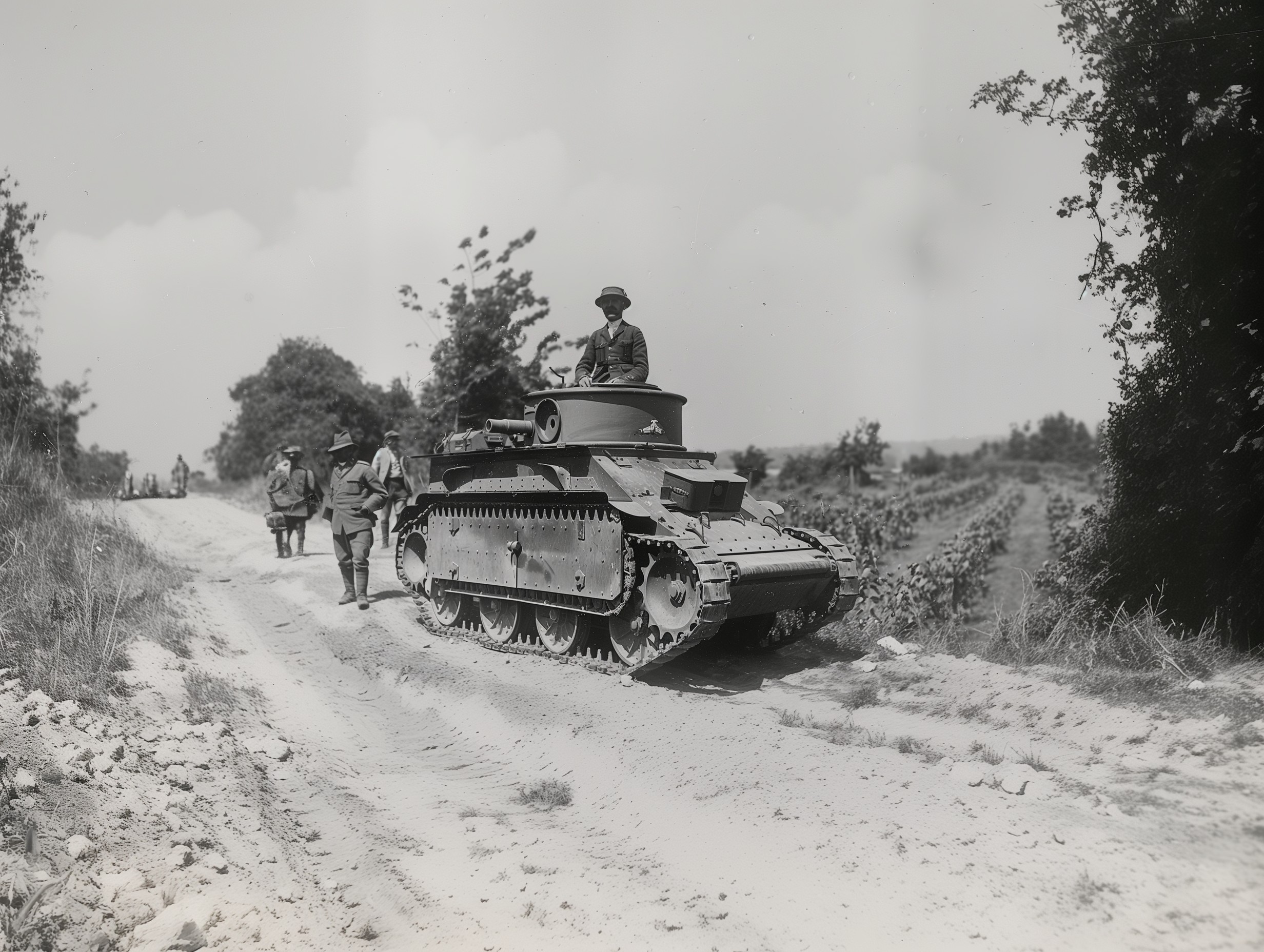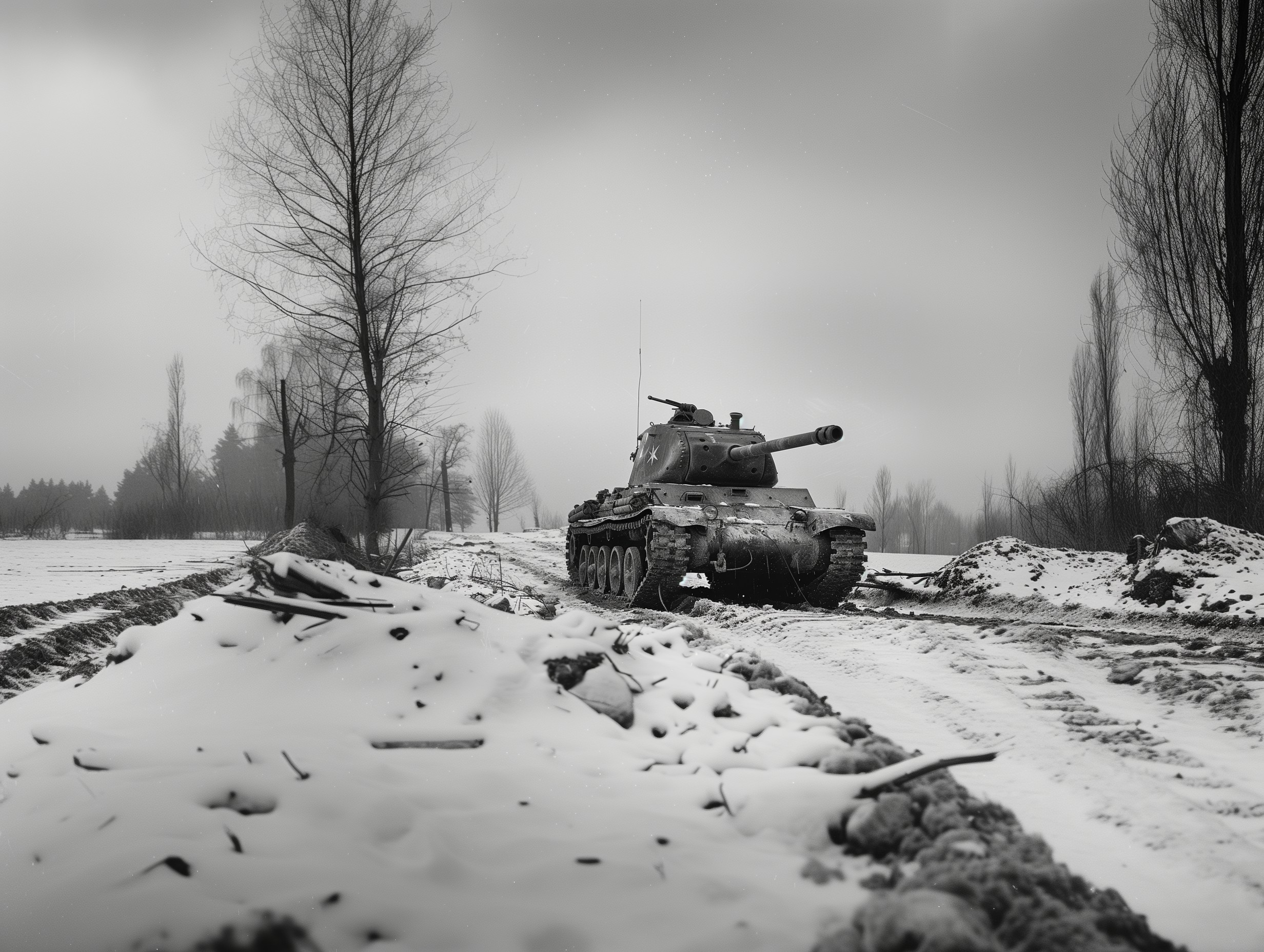Ford GPA Saumur
The Ford GPA 'Seep' (Government 'P' Amphibious, where 'P' stood for its 80-inch wheelbase) is an amphibious version of the World War II Ford GPW Jeep. Unlike the Jeep, the GPA was designed to be amphibious, which made it larger and heavier. The Ford GPA was developed from the Ford GPW Jeep in response to a request from the Soviet Union for a vehicle that could travel on land and water. However, its performance in water was deemed inadequate for rough seas but was found to be satisfactory in calm waters such as lakes and rivers.
The Ford GPA played a significant role during World War II, particularly in the European theater. Despite its limitations, it was used by the Allies in various capacities, including as a reconnaissance vehicle, for transporting goods and personnel, and in amphibious assaults. After the war, many GPAs were sold as surplus and found their way into civilian hands, where they were used for a variety of purposes, including recreational boating and as utility vehicles.
One of the most notable places where the Ford GPA is preserved and displayed is the Saumur Tank Museum in France. The museum, officially known as the Musée des Blindés, Saumur, features one of the largest collections of armored vehicles in the world, including the Ford GPA. The exhibit provides visitors with a glimpse into the innovative design and versatility of the GPA, showcasing its importance in military history.

